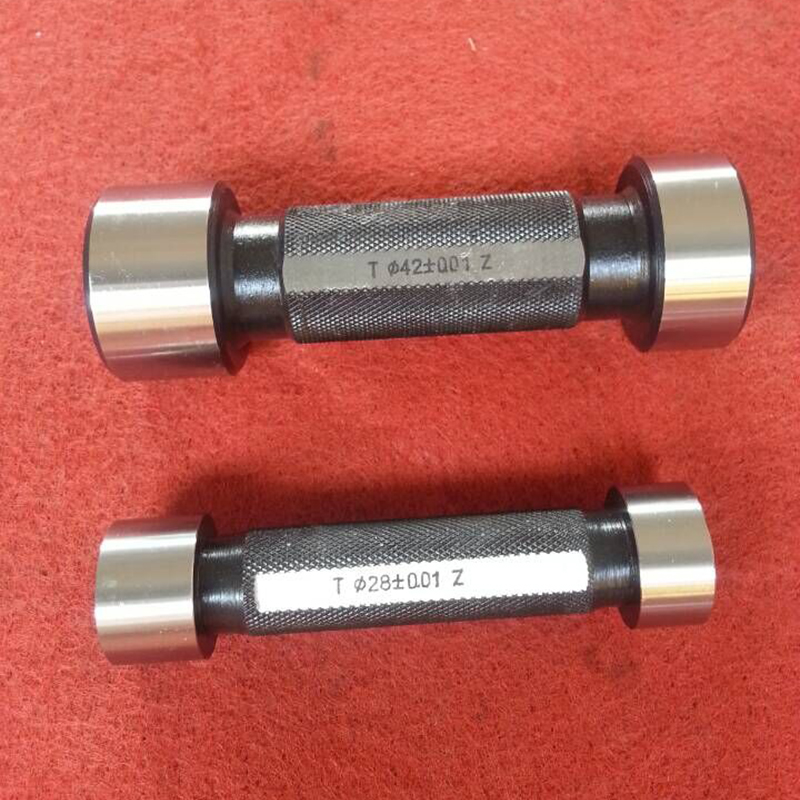Dec . 14, 2024 10:57 Back to list
Y Type Strainer Applications and Benefits for Efficient Fluid Management
The Importance of Y-Type Strainers in Industrial Applications
Y-type strainers play a crucial role in various industrial processes, providing a simple yet effective solution for filtration and protection. Understanding the functional intricacies and applications of Y-type strainers can greatly enhance system efficiency and longevity.
What is a Y-Type Strainer?
A Y-type strainer is a device designed to filter out unwanted debris and particles from liquids or gases flowing through a piping system. Its distinctive “Y” shape allows it to be installed in either a horizontal or vertical position, making it adaptable for various piping configurations. The strainer is typically made from materials such as stainless steel, carbon steel, or other alloys, depending on the application requirements and the nature of the fluid being processed.
How Does a Y-Type Strainer Work?
The operation of a Y-type strainer is straightforward. As media flows through the strainer, particles and contaminants are trapped by the straining element, which can be a mesh or perforated plate that corresponds to the desired filtration level. The clean fluid continues through the outlet, while collected debris accumulates in the strainer's body, which must be cleaned or replaced periodically to maintain optimal performance.
The design of the Y-type strainer includes an easy-to-access blow-off valve or drain, allowing users to purge accumulated debris without disassembling the entire strainer, thereby minimizing downtime and maintenance costs.
Applications of Y-Type Strainers
Y-type strainers are widely used across many industries, including
1. Water Treatment In municipal and industrial water treatment facilities, Y-type strainers remove sediment and impurities before water undergoes further processing.
2. Oil and Gas In the oil and gas industry, these strainers protect pumps and sensitive instrumentations from particulates that can cause damage, ensuring that operations remain smooth and efficient.
y type strainer

3. Chemical Processing Chemical plants utilize Y-type strainers to prevent contamination in pipelines, preserving the purity of chemical products and maintaining safety standards.
4. Food and Beverage In food processing plants, Y-type strainers are essential for preventing foreign materials from entering production lines, ensuring product quality and compliance with health regulations.
5. HVAC Systems Heating, ventilation, and air conditioning systems utilize Y-type strainers to filter out debris that could clog coils and reduce efficiency, prolonging equipment life.
Advantages of Using Y-Type Strainers
The Y-type strainer offers numerous advantages, making it a preferred choice in various applications
1. Space Efficiency Due to their compact design, Y-type strainers require less space compared to other types of strainers, making them suitable for crowded piping environments.
2. Versatility Their ability to be installed in different orientations, combined with a variety of mesh sizes, allows Y-type strainers to be customized to meet specific filtration needs.
3. Ease of Maintenance The accessibility of the blow-off valve or drain simplifies the cleaning process. This feature minimizes system downtime and extends the lifespan of equipment.
4. Cost-Effective Y-type strainers are relatively affordable and offer long-term savings by protecting expensive downstream equipment from damage caused by contaminants.
Conclusion
In summary, Y-type strainers are integral components in maintaining the efficiency and longevity of various industrial systems. Their simple design, ease of maintenance, and versatility make them an invaluable tool for protecting equipment and ensuring process integrity. As industries continue to demand higher efficiency and lower operational costs, the role of Y-type strainers will undoubtedly remain significant. Investing in reliable filtration solutions like Y-type strainers helps businesses safeguard their processes, enhance productivity, and ultimately serve their customers better.
-
Why Metric Trapezoidal Thread is Ideal for Precision Motion ControlNewsAug.05,2025
-
The Unique Properties of a Block of Granite for Industrial UseNewsAug.05,2025
-
The Role of Flanged Y Strainers in Preventing Pipeline ClogsNewsAug.05,2025
-
The Importance of Regular Calibration for Master Ring GagesNewsAug.05,2025
-
How a Cast Iron Surface Table Enhances Accuracy in ManufacturingNewsAug.05,2025
-
Comparing Different Check Valve Types for Optimal Flow ControlNewsAug.05,2025
Related PRODUCTS









